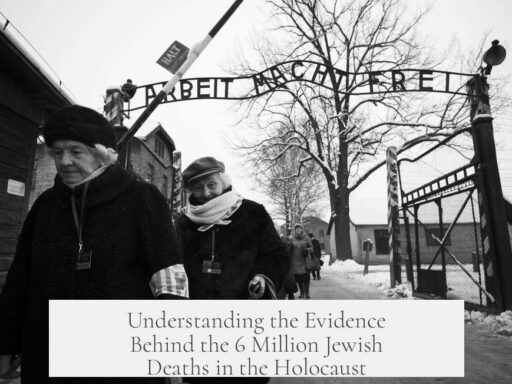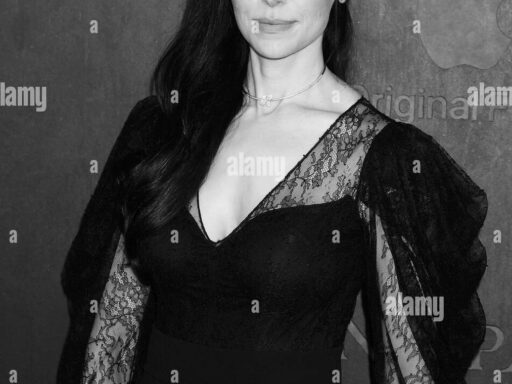Judy Garland is regarded as a gay icon despite not being part of the LGBT community because her life and work deeply resonate with the experiences and struggles of many gay men, especially before the Stonewall era. Her public persona versus private life created an emblematic tension that mirrored the closet experience.
Garland’s image on screen was carefully polished, representing an idealized, pristine figure. Offscreen, her life was marked by instability—multiple divorces, breakdowns, and comebacks. This duality mirrored how many gay men lived hidden lives, presenting heterosexual fronts while privately dealing with hardship and discrimination. This connection created a symbolic relationship between Garland and her gay audience.
Gerald Clarke’s biography highlights that Garland’s struggles attracted identification with the contempt and ridicule she faced. Many gay men, often targets of societal scorn, found solace and kinship in her turbulent life. This shared experience of rejection and survival strengthened her iconic status.
Unlike other icons celebrated for flamboyance or boundary-pushing, Garland’s appeal rested on her uniquely expressive, emotional voice. Its unmistakable tone conveyed vulnerability and strength simultaneously, making her songs timeless anthems for many in the gay community.
Her role in The Wizard of Oz carries symbolic weight. The contrast between Kansas’s black-and-white world and the colorful, magical Oz reflects the dual lives many gay men led: a guarded, outwardly conforming existence versus a vibrant, authentic inner world. The phrase “Friend of Dorothy” arose from this association, becoming a euphemism for gay men.
Garland’s liberal stance and comfort around gay men further cemented her connection with the community. She was known for supporting civil rights and the Hollywood Ten, and socialized openly with gay men at a time when few did. This acceptance made her an enduring figure of empathy and allyship.
- Public/private divide in Garland’s life mirrors closet experience.
- Shared societal rejection and resilience create identification.
- Expressive voice provides unique emotional connection.
- The Wizard of Oz symbolizes dual life of gay men.
- Liberal views and friendships with gay men enhance icon status.
Why is Judy Garland Regarded as a Gay Icon When She Wasn’t Part of the LGBT Community?
![]()
Judy Garland is regarded as a gay icon primarily because of the powerful contrast between her public persona and her private struggles, her expressive emotional voice, and her enduring symbolism within the gay community — even though she wasn’t part of the LGBT community herself. But why has she become such a beloved figure for gay fans? The answer is layered, rich, and fascinating.
Let’s explore this unique phenomenon by comparing Garland’s role to the very origins of the gay icon tradition, and by understanding the complex ways her life, art, and symbolism resonate deeply with many in the LGBT community.
The Roots of the Gay Icon Phenomenon: Mae West and Camp
To understand why Judy Garland became a gay icon, it helps to start with Mae West — often called the original female gay icon, dating back to the 1930s. West’s appeal was built on exaggerated femininity and open sexuality. She took inspiration from turn-of-the-century camp, her style influencing drag culture for decades. Are you picturing glittering stage costumes and bold, witty one-liners? Exactly! West was a boundary-pusher.
Her works like Sex and The Drag openly explored taboo topics such as sexuality, prostitution, and homosexuality — and landed her in prison. That controversy only strengthened her legendary status. Plus, her open support and inclusion of gay actors and fans added to her lasting impact.
Mae West represents one archetype of what a gay icon often looks like: big, campy, sexual, and boundary-breaking. But Garland’s appeal as a gay icon comes from a different place — one more subtle and raw.
Judy Garland’s Complex Identity: The Public vs. Private Divide
Judy Garland’s gay icon status doesn’t come from flamboyance or boundary-pushing in her work. Instead, it arises from the tension between her image and her reality — a concept expert Judith Peraino calls “the instability representing queer subjectivity.”
Think of Judy Garland as two different people: the dazzling, perfect star on screen, and the fragile, complicated woman off screen. She had multiple divorces, public breakdowns, epic comebacks, and sometimes no-shows. This messiness made her relatable to many gay men living in a time when presenting a perfect, heterosexual front was necessary for survival.
Doesn’t that sound familiar? Garland’s struggles mirrored the hidden lives many queer people led before Stonewall — suffering in secret but resisting invisibility. This duality between public expectation and private truth helped create a unique bond between her and the gay community.
The Power of Her Voice and Symbolism of The Wizard of Oz
![]()
Unlike Mae West’s visual camp, Garland’s voice is her trademark. It’s expressive, emotional, unmistakably hers. Recordings of her singing still move listeners deeply. Her voice captured pain, joy, vulnerability, and defiance all at once — a perfect reflection of the complex emotional landscape many LGBT people navigate.
Now, add the magic of The Wizard of Oz. This film, introducing Garland as a leading actress, became iconic for many reasons — not least because of its campy elements and rich symbolism for gay audiences. The black-and-white scenes in Kansas represent the forced heterosexual public life, while the dazzling, colorful Oz symbolizes the vibrant freedom of the gay community.
And who can forget the phrase “Friend of Dorothy,” a well-known euphemism historically used to discreetly identify gay men? Judy Garland’s role as Dorothy made her a symbol of friendship and refuge.
Relatability Through Struggles and Liberal Attitudes
Gerald Clarke’s biography, Get Happy: The Life of Judy Garland, highlights how Garland’s openness about her struggles — and society’s mocking of her messiness — resonated deeply with gay men constantly marginalized for their identities.
On top of that, Garland was known for her liberal views. She supported the Hollywood Ten during the McCarthy era and was involved in civil rights movements in the 1960s. She socialized with gay men openly and visited gay bars, uncommon behavior among presumably straight stars of her time.
Her kindness and acceptance provided genuine comfort to many in the LGBT community before such support was widespread, adding to her iconic status.
Comparisons: Why Garland Stands Apart
Other female icons, like Cher, Madonna, and Lady Gaga, have gained gay icon status for their campy, ever-changing looks and explicit gay advocacy. Garland’s fame comes from emotional identification, cultural symbolism, and personal connection rather than overt flamboyance or activism.
While Mae West’s and later icons’ appeal often hinged on theatrical camp, Garland’s appeal is much more about shared experience: suffering, survival, hope, and emotional authenticity.
So Why Does Judy Garland Matter as a Gay Icon Today?
![]()
At its heart, Judy Garland’s gay icon status reflects the timeless power of understanding and identification. Her public-private divide mirrored the queer experience for decades. Her songs gave voice to feelings often repressed. Her story embodies resilience under societal pressure.
In a world where many had to live their lives behind façades, Garland was a reminder that beneath the glitter and perfection, real human complexity exists — and that realness connects us all.
What do you think about gay icons who become symbols not just for what they explicitly represent, but for how their lives and art resonate with a group’s shared struggles? Have you been surprised by the unexpected icons in your own life?
In Conclusion
Judy Garland’s iconic status within the gay community stems largely from the deep emotional and symbolic connection she offers. Though not part of the LGBT community herself, her life’s complexity, expressive voice, and cultural symbolism create a mirror for many queer individuals’ experiences.
This is quite unlike Mae West’s campy and boundary-pushing flamboyance or Madonna’s bold, explicit queer advocacy. Garland offers another kind of icon: a beacon representing survival, vulnerability, and hope for authenticity in a world demanding conformity.
Whether it’s the magic of The Wizard of Oz or the sound of her unmistakable voice, Judy Garland remains a beloved, enduring figure — a true “Friend of Dorothy.”


